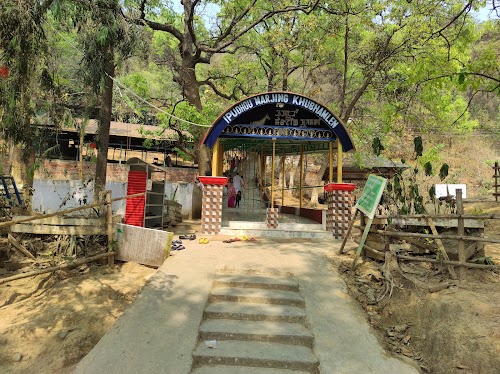
Ibudhou Marjing Hill
Imphal East, India
- Admire the statue of Lord Marjing.
- Enjoy panoramic views of Imphal valley.
- Learn about Meitei mythology and culture.
- Offer prayers at the Marjing temple.
- Photography of the landscape.
- Take a short hike around the hill.
- Visit the polo ground nearby.
Known for:
Description:
Ibudhou Marjing Hill, located in Imphal East, is a significant religious and cultural site for the Meitei community. The hill is dedicated to Lord Marjing, a deity revered as the protector of the game of polo and horses. Visitors can enjoy panoramic views of the Imphal valley from the hilltop. The serene atmosphere and the spiritual significance of the place make it a popular destination for both locals and tourists. The site features a large statue of Lord Marjing riding a winged pony, which is a major attraction. Pilgrims often visit to offer prayers and seek blessings. The surrounding landscape offers opportunities for short hikes and nature walks, allowing visitors to connect with the natural beauty of Manipur. It's a place where spirituality, culture, and nature converge, offering a unique experience.
History:
The history of Ibudhou Marjing Hill is deeply intertwined with the mythology and cultural heritage of Manipur. Lord Marjing is considered one of the most important deities in the Meitei pantheon. According to legends, he is believed to have played a crucial role in the introduction and development of polo in the region. The hill has been a sacred site for centuries, with various rituals and ceremonies performed to honor the deity. Historical accounts suggest that kings and nobles of Manipur frequently visited the hill to seek blessings and offer prayers. The installation of the large statue of Lord Marjing is a relatively recent development, aimed at further promoting the site as a major tourist and pilgrimage destination. The hill continues to be a living testament to the rich cultural traditions of Manipur.